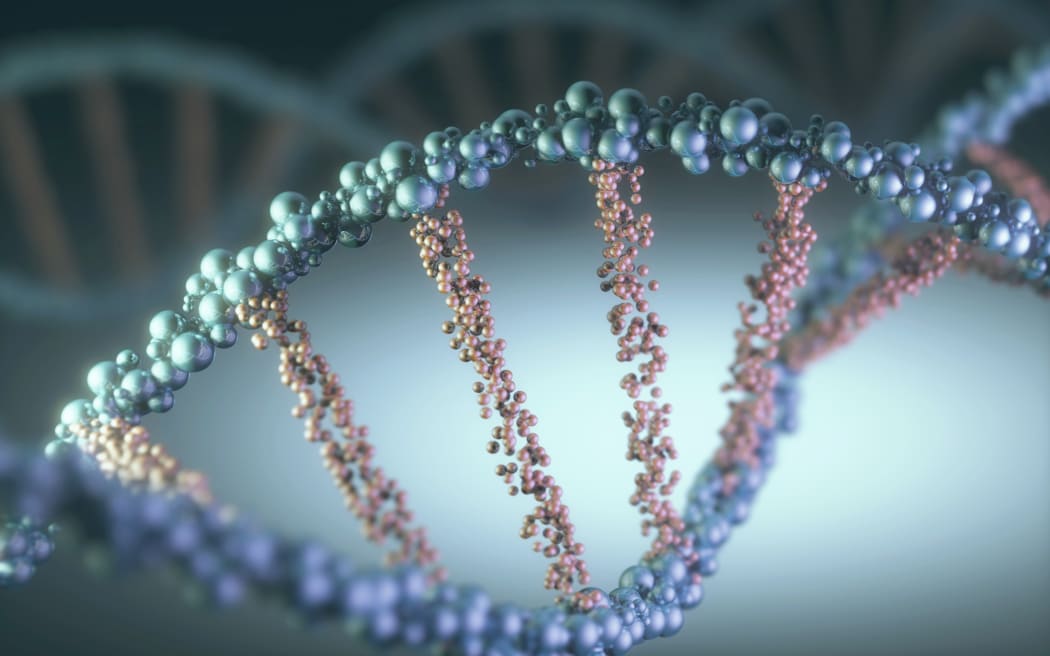
DNA Photo: KTSDESIGN / SCIENCE PHOTO LIBRARY / KTS / Science Photo Library
"There are wonderful, mind-bending stories out there about the DNA that's in you, in every cell of your body, and how it works."
We've all heard about genes and genetics, the spirals of DNA curled up inside us that make us who we are, whether that's blue eyed, curly-haired, big nosed or prone to alcoholism, Alzheimer's or cancer.
But the picture emerging from those working in the field is not of DNA as some static, deterministic and immutable 'code of life' we've become accustomed to hearing about in the media.
Instead our genes are increasingly viewed as dynamic; shifting and interacting in strange and sometimes random ways.
Kat Arney got a doctorate in genetics from Cambridge University and did research in the field until she became a science communicator.
In her book 'Herding Hemingway's Cats' (Bloomsbury) she sets out to explain how genes work to a general audience.

Kat Arney Photo: (Supplied)
In the book she explains complex ideas including epigenetics and heritability. Meanwhile, with more widespread medical use of genetic testing just around the corner, she looks at what all this could mean in the field of healthcare, for us as patients and for the doctors caring for us.
"In 5 to 10 years time your doctor will sit down and say 'your genetic results say x, y, z'. And you need to understand what does that mean for you, what does that mean for your family...for your health and the decisions you have to make about your treatment, or prevention or screening."
You can read an extract from the book here.

